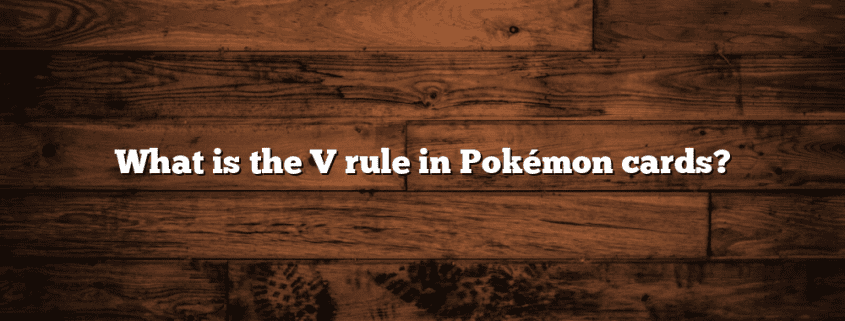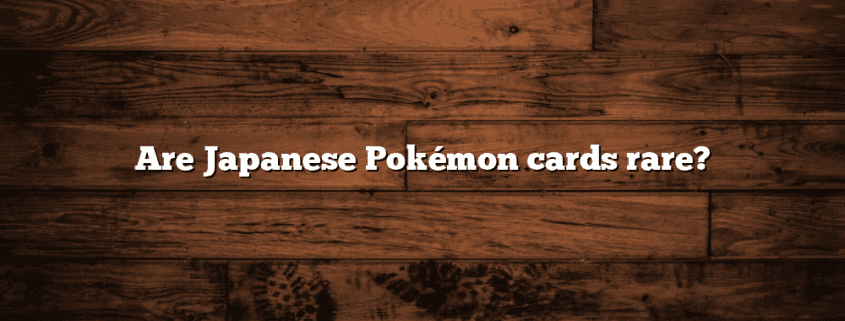What Pokemon symbols mean?
What Pokemon Symbols Mean: A Comprehensive Guide
Pokemon, the beloved franchise that has captured the hearts of millions around the world, is not just about cute creatures and exciting battles. Behind the vibrant colors and catchy theme song lies a complex world filled with symbolism and deeper meanings. In this article, we will explore the fascinating world of Pokemon symbols and uncover the hidden messages they convey.
The Power of Symbols in Pokemon
Symbols play a crucial role in the Pokemon universe, serving as a visual language that communicates various concepts and ideas. From the iconic Pikachu to the legendary Mewtwo, each Pokemon has its own unique symbol that represents its characteristics, abilities, and even its origin.
These symbols are not just random designs; they are carefully crafted to convey specific meanings. Understanding these symbols can enhance our appreciation for the Pokemon world and provide valuable insights into the deeper layers of the franchise.
The Elements of Pokemon Symbols
When analyzing Pokemon symbols, it is essential to consider their different elements and how they contribute to the overall meaning. Here are some key elements commonly found in Pokemon symbols:
- Shape: The shape of a symbol can convey various emotions and traits. For example, sharp edges may represent aggression or power, while rounded shapes can signify friendliness or playfulness.
- Color: Colors have a significant impact on our emotions and perceptions. In Pokemon symbols, different colors are used to evoke specific feelings or represent certain types of Pokemon. For instance, red often symbolizes fire or passion, while blue is associated with water or calmness.
- Lines and Patterns: The lines and patterns within a symbol can convey movement, energy, or even a Pokemon’s evolutionary stage. Zigzag lines may represent lightning or speed, while concentric circles can indicate growth or transformation.
Case Study: Pikachu
Let’s take a closer look at one of the most recognizable Pokemon symbols: Pikachu. Pikachu’s symbol features a simple, yet powerful design. The symbol consists of a yellow lightning bolt enclosed within a black circle.
The shape of the lightning bolt represents Pikachu’s electric abilities, conveying its power and speed. The color yellow is associated with energy and positivity, reflecting Pikachu’s cheerful and lively nature. The black circle surrounding the lightning bolt symbolizes protection and unity, highlighting Pikachu’s role as a loyal companion and friend.
Overall, Pikachu’s symbol encapsulates its core traits of electricity, energy, and friendship, making it instantly recognizable and beloved by fans worldwide.
Symbolism in Legendary Pokemon
Legendary Pokemon, with their awe-inspiring designs and mythical origins, often feature symbols that carry profound meanings. These symbols provide insights into the Pokemon’s lore and significance within the Pokemon world.
For example, the symbol of Mewtwo, one of the most powerful and enigmatic Pokemon, is a stylized letter “M” with a circle on top. The “M” represents Mewtwo’s name and serves as a reminder of its connection to the legendary Pokemon Mew. The circle on top symbolizes Mewtwo’s psychic abilities and its ability to transcend boundaries.
By analyzing the symbols of legendary Pokemon, we can delve deeper into their stories and understand the profound impact they have on the Pokemon universe.
Interpreting Pokemon Symbols
While many Pokemon symbols have official interpretations provided by the creators, there is also room for personal interpretation and speculation. Fans often analyze symbols to uncover hidden meanings or speculate about a Pokemon’s abilities and backstory.
For example, the symbol of Eevee, a popular Pokemon known for its multiple evolutions, features a diamond shape with a smaller diamond inside. Some fans interpret this symbol as representing Eevee’s potential to evolve into various forms, with the smaller diamond symbolizing the core essence of Eevee that remains constant throughout its evolutions.
Interpreting Pokemon symbols allows fans to engage in discussions, theories, and fan art, fostering a sense of community and creativity within the Pokemon fandom.
Key Takeaways
Understanding Pokemon symbols adds depth and richness to the Pokemon experience. Here are the key takeaways from this exploration:
- Pokemon symbols are not just random designs; they convey specific meanings and characteristics.
- Elements such as shape, color, and lines contribute to the overall symbolism of a Pokemon symbol.
- Case studies of Pikachu and legendary Pokemon showcase the power and significance of symbols in the franchise.
- Interpreting Pokemon symbols allows for personal exploration and fosters creativity within the fandom.
Next time you encounter a Pokemon symbol, take a moment to appreciate the thought and meaning behind it. The world of Pokemon is not just a game; it is a rich tapestry of symbols that invites us to explore, interpret, and connect with these beloved creatures on a deeper level.










